144 Hours – Saved the Princess at 1989 [Prince of Persia by Jordan Mechner] with IBM 5162, XT Model 286
With Multi Screens & IP Cameras Since 2000
User Experience (UX) Design: Prioritize the user’s experience by creating intuitive and easy-to-navigate layouts. Ensure that visitors can find information quickly and perform desired actions with minimal effort.
Responsive Design: Design websites to be responsive, meaning they adapt seamlessly to various screen sizes and devices, including desktops, laptops, tablets, and smartphones.
Visual Design: Create visually appealing designs that reflect the brand’s identity and message.
Accessibility: Design websites to be accessible to all users, including those with disabilities. Ensure compatibility with assistive technologies such as screen readers and provide alternative text for images and descriptive links.
Performance Optimization: Optimize website performance by minimizing loading times and optimizing images, scripts, and other resources. Fast-loading websites improve user satisfaction and search engine rankings.
SEO (Search Engine Optimization): Incorporate SEO best practices into website design to improve visibility and rankings on search engine results pages. This includes optimizing metadata, using relevant keywords, and creating high-quality content.
Content Strategy: Develop a coherent content strategy that aligns with the website’s goals and target audience. Create engaging and informative content that encourages visitors to explore further and take desired actions.
Usability Testing: Conduct usability testing to gather feedback from real users and identify areas for improvement. This helps ensure that the website meets the needs and expectations of its target audience.
Security: Implement security measures to protect the website and its users from cyber threats, such as malware, phishing attacks, and data breaches. This includes using HTTPS encryption, keeping software up to date, and implementing strong authentication mechanisms.
Continuous Learning and Adaptation: Stay updated on the latest design trends, technologies, and best practices in web design. Continuously improve skills and adapt strategies to meet evolving user needs and technological advancements.

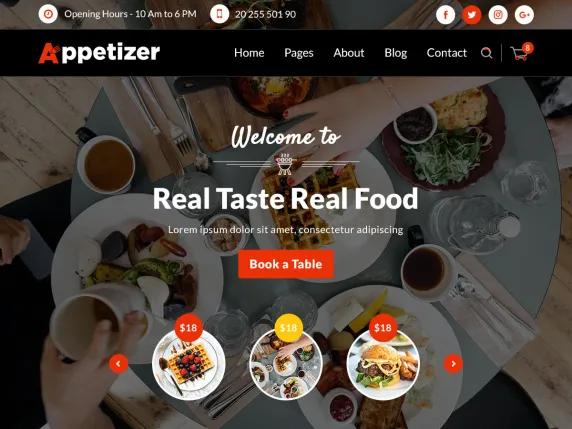
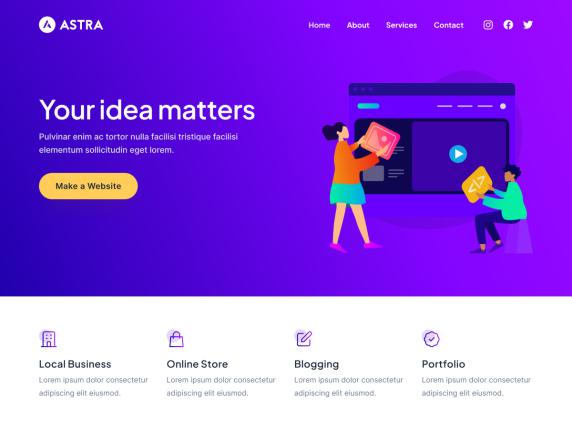
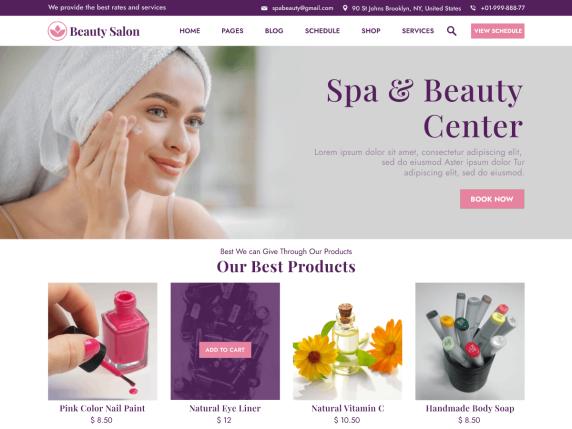
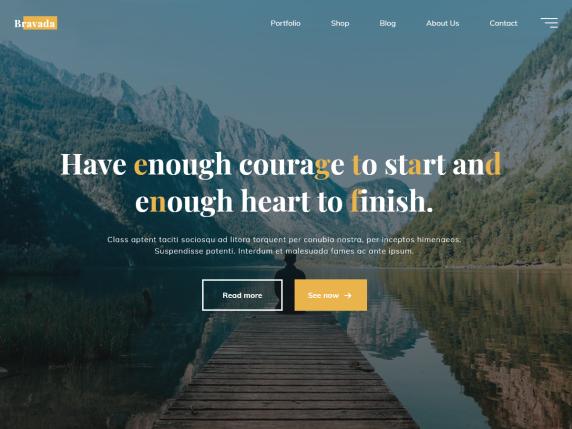
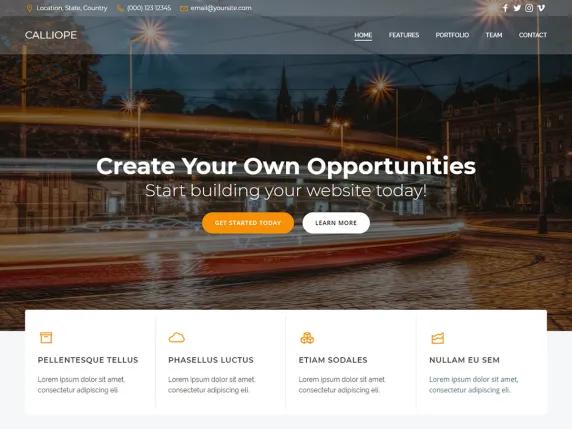
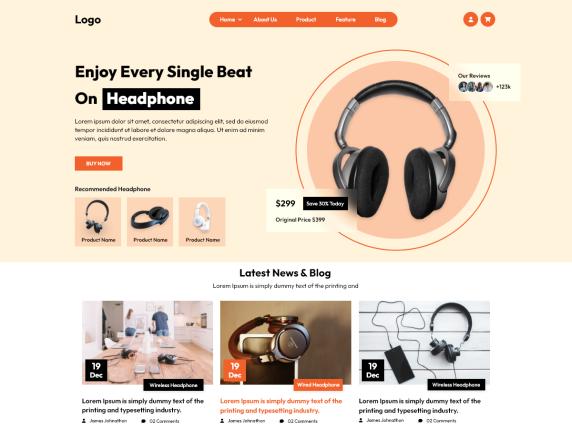

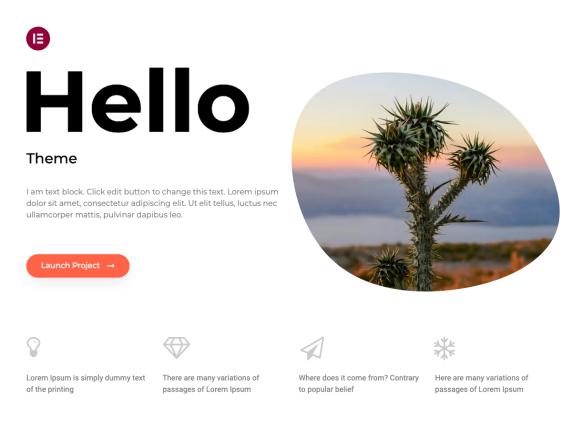
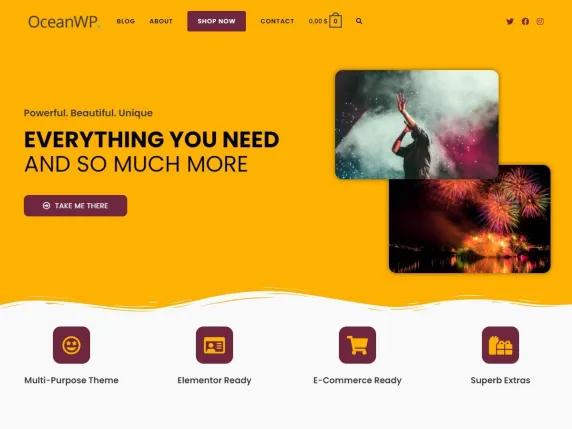
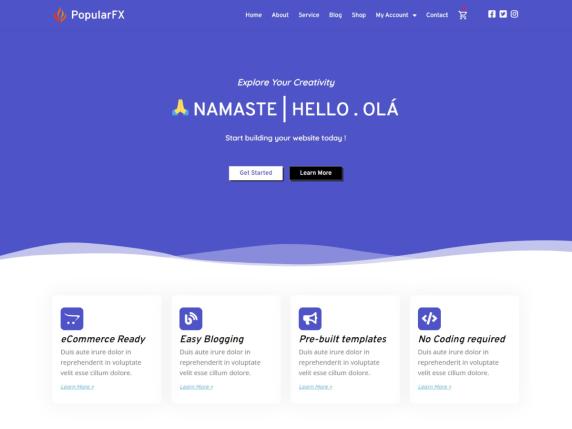
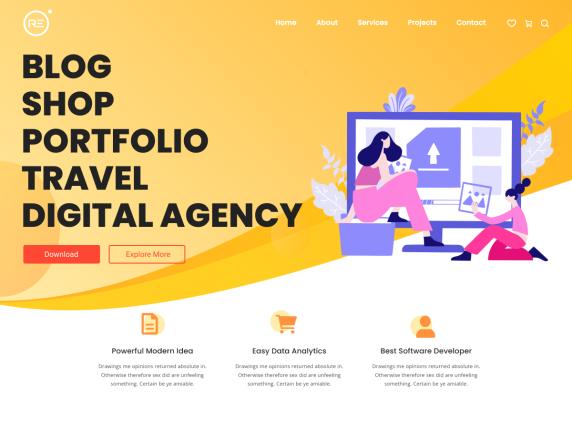

A WordPress blog is a website or online platform created using WordPress, a popular content management system (CMS). It allows users to easily publish and manage content, including blog posts, articles, images, and videos. WordPress offers a user-friendly interface, customizable themes, and a wide range of plugins for added functionality. Users can personalize their blogs to reflect their unique style and branding, making it an ideal choice for individuals, businesses, and organizations looking to share information, engage with their audience, and establish an online presence.
This piece of art not only showcases the aesthetic appeal of web design but also demonstrates its power to communicate, inspire, and engage audiences in meaningful ways.